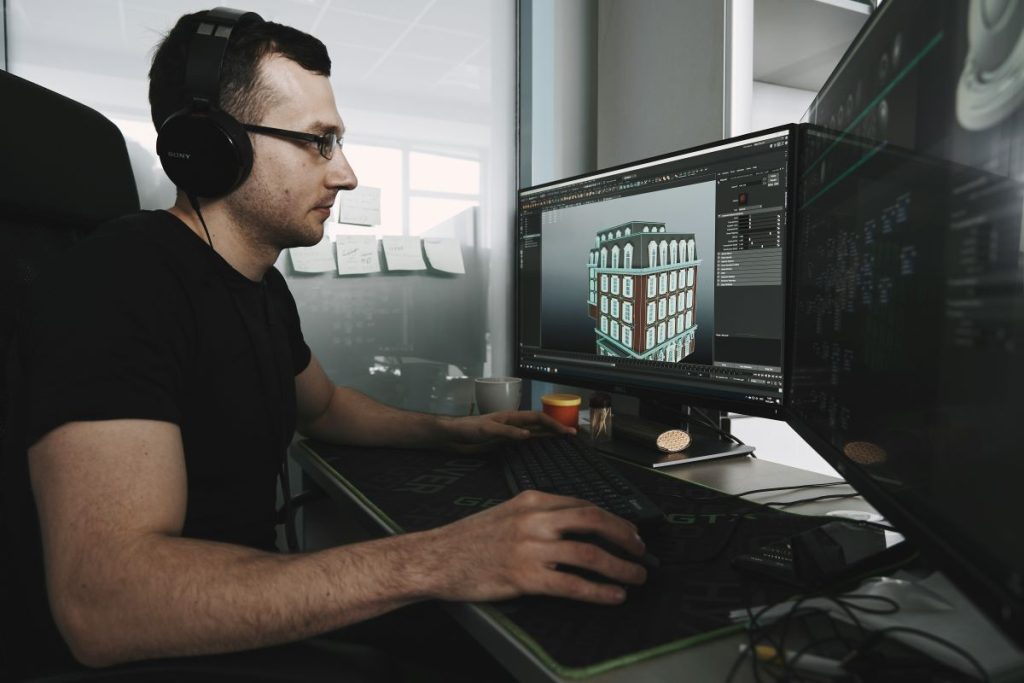3D, AI, AR, and Automation Redefine Efficiency and Workforce Development
Repair operations have traditionally been a weak link in supply chains, contributing to delays, rising costs, and dissatisfied customers. The increasing complexity of modern products—especially in industries like electronics, automotive, and aerospace—has compounded these challenges. However, advanced technologies such as 3D modeling, artificial intelligence (AI), augmented and virtual reality (AR/VR), and automation are revolutionizing the repair landscape, offering solutions that enhance efficiency while building a more skilled workforce.
Transforming Repairs with Innovative Technologies
Emerging technologies are helping manufacturers and logistics providers overcome critical barriers in repair operations.
Digital twins, created using 3D modeling and AI, offer precise virtual replicas of products, allowing for in-depth diagnostics without disassembling physical components. This reduces both the time and cost required to identify and resolve issues. AI also enhances operational efficiency by predicting the availability of parts and technicians, streamlining resource allocation and preventing stock imbalances.
AR and VR technologies are reshaping how technicians are trained and supported. Virtual training environments provide realistic, hands-on experiences without the risk of damaging actual products, accelerating learning and minimizing costly errors. Additionally, AR tools enable real-time remote assistance, allowing experts to guide technicians through intricate repairs with visual overlays and step-by-step instructions.
Automation and robotics are redefining the repair process by handling tasks with precision and consistency. Robots excel at repetitive and intricate jobs such as soldering or reassembly, while automated workflows manage the end-to-end repair cycle, from diagnostics to final testing, ensuring seamless and efficient operations.
Empowering the Workforce for the Future
The integration of advanced technologies in repair processes is reshaping workforce roles, emphasizing skill development and collaboration.
Technicians are now equipped with immersive AR and VR training tools, enabling them to acquire expertise faster and with greater confidence. These tools provide hands-on experience in simulated environments, reducing reliance on outdated manuals or trial-and-error approaches.
As AI and automation become integral to repair operations, the demand for highly skilled professionals in data analysis, AI model development, and system maintenance is on the rise. These roles offer employees opportunities to engage with cutting-edge technologies and pursue lucrative career paths.
The shift towards automation also allows human workers to focus on innovation. By improving repair techniques, refining processes, and designing more serviceable products, employees contribute to long-term supply chain improvements. Cross-functional collaboration among technicians, engineers, and IT professionals further amplifies the impact of these efforts.
A Strategic Imperative for Supply Chains
The adoption of technologies like 3D modeling, AI, AR/VR, and automation is doing more than streamlining repairs—it is building a foundation for a more resilient, agile supply chain. These advancements are helping companies reduce bottlenecks, improve resource utilization, and ensure repairs are completed with greater accuracy and speed.
However, the benefits extend beyond immediate operational gains. By enabling faster training, more efficient resource allocation, and precision-driven repairs, these innovations are equipping businesses to meet the evolving demands of global markets. At the same time, they are fostering a workforce capable of embracing new roles and driving continuous improvement.
Forward-thinking supply chain leaders should view these technologies not as optional upgrades but as critical investments. Those who proactively integrate these tools into their operations will position themselves as industry leaders, better prepared to adapt to change and seize opportunities in a competitive landscape. Embracing this transformation will shape the future of supply chain excellence.




